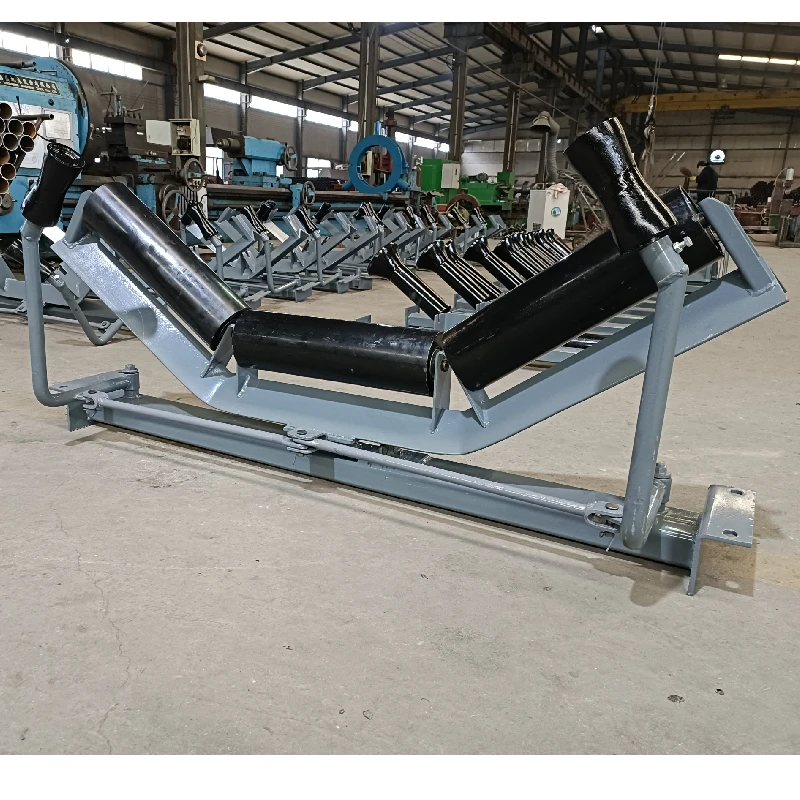 Afrikaans
Afrikaans  Albanian
Albanian  Amharic
Amharic  Arabic
Arabic  Armenian
Armenian  Azerbaijani
Azerbaijani  Basque
Basque  Belarusian
Belarusian  Bengali
Bengali  Bosnian
Bosnian  Bulgarian
Bulgarian  Catalan
Catalan  Cebuano
Cebuano  Corsican
Corsican  Croatian
Croatian  Czech
Czech  Danish
Danish  Dutch
Dutch  English
English  Esperanto
Esperanto  Estonian
Estonian  Finnish
Finnish  French
French  Frisian
Frisian  Galician
Galician  Georgian
Georgian  German
German  Greek
Greek  Gujarati
Gujarati  Haitian Creole
Haitian Creole  hausa
hausa  hawaiian
hawaiian  Hebrew
Hebrew  Hindi
Hindi  Miao
Miao  Hungarian
Hungarian  Icelandic
Icelandic  igbo
igbo  Indonesian
Indonesian  irish
irish  Italian
Italian  Japanese
Japanese  Javanese
Javanese  Kannada
Kannada  kazakh
kazakh  Khmer
Khmer  Rwandese
Rwandese  Korean
Korean  Kurdish
Kurdish  Kyrgyz
Kyrgyz  Lao
Lao  Latin
Latin  Latvian
Latvian  Lithuanian
Lithuanian  Luxembourgish
Luxembourgish  Macedonian
Macedonian  Malgashi
Malgashi  Malay
Malay  Malayalam
Malayalam  Maltese
Maltese  Maori
Maori  Marathi
Marathi  Mongolian
Mongolian  Myanmar
Myanmar  Nepali
Nepali  Norwegian
Norwegian  Norwegian
Norwegian  Occitan
Occitan  Pashto
Pashto  Persian
Persian  Polish
Polish  Portuguese
Portuguese  Punjabi
Punjabi  Romanian
Romanian  Russian
Russian  Samoan
Samoan  Scottish Gaelic
Scottish Gaelic  Serbian
Serbian  Sesotho
Sesotho  Shona
Shona  Sindhi
Sindhi  Sinhala
Sinhala  Slovak
Slovak  Slovenian
Slovenian  Somali
Somali  Spanish
Spanish  Sundanese
Sundanese  Swahili
Swahili  Swedish
Swedish  Tagalog
Tagalog  Tajik
Tajik  Tamil
Tamil  Tatar
Tatar  Telugu
Telugu  Thai
Thai  Turkish
Turkish  Turkmen
Turkmen  Ukrainian
Ukrainian  Urdu
Urdu  Uighur
Uighur  Uzbek
Uzbek  Vietnamese
Vietnamese  Welsh
Welsh  Bantu
Bantu  Yiddish
Yiddish  Yoruba
Yoruba  Zulu
Zulu Understanding Conveyor Belt Components and Their Roles in Material Handling Systems
Conveyor Belt Parts and Their Functions
Conveyor belts are essential components in various industries, including manufacturing, mining, and logistics. They facilitate the efficient movement of materials from one point to another, significantly enhancing productivity and operational efficiency. To fully understand how conveyor belts function, it’s crucial to explore their key parts and the roles each plays in their overall operation.
1. Belt Material
The conveyor belt itself is the most visible and critical part of the system. Made from various materials such as rubber, fabric, metal, or plastic, the choice of material greatly depends on the application. For instance, rubber belts are ideal for transporting heavy loads and materials that might release dust or require a non-slip surface, while plastic belts are more suitable for food handling due to their ease of cleaning and resistance to chemicals.
2. Pulleys
Pulleys are cylindrical machines that facilitate the movement of the conveyor belt. There are typically two pulleys in a conveyor system the drive pulley and the tail pulley. The drive pulley is connected to a motor, which powers the system, while the tail pulley serves to return the belt to its starting position. The positioning and alignment of pulleys are crucial, as misalignment can lead to increased wear on the belt and reduced efficiency.
3. Idlers
Idlers are the rollers that support the conveyor belt as it moves throughout the system. They ensure the belt maintains the correct path and provides stability. Idler systems can be configured in different ways for instance, trough idlers hold the belt in a V-shape to facilitate the movement of bulk materials, whereas flat idlers are used for lighter loads. Properly maintained idlers are essential for minimizing friction and extending the lifespan of the conveyor belt.
4. Drive Motors
Drive motors provide the necessary power to move the conveyor belt. They can vary in size and type, including electric motors that are commonly used for most conveyor systems. The selection of the motor depends on the load requirements and the speed of the belt. Adjustable speed control can often be implemented to optimize material handling capabilities based on varying operations.
conveyor belt parts and functions

5. Bearings
Bearings are crucial components that reduce friction between moving parts in the conveyor system. They support the pulleys and idlers, allowing them to rotate smoothly and efficiently. Bearings must be adequately lubricated and inspected regularly to prevent wear and tear, which could lead to system downtime and increased maintenance costs.
6. Take-Up Systems
Take-up systems are used to maintain tension on the conveyor belt. Proper tension is critical for efficient operation; if the belt is too loose, it can slip, while excessive tension can lead to premature wear. There are two main types of take-up systems manual and automatic. Automatic systems adjust the belt tension based on real-time feedback, ensuring optimal performance.
7. Chassis and Frame
The chassis or frame serves as the foundation of the conveyor system, supporting all other components. It must be robust and durable to withstand potential wear from heavy loads. The design of the frame often varies depending on the environment and the specific application—some frames are designed to be lightweight for easier mobility, while others are built for strength in harsher environments.
8. Safety Guards and Sensors
Safety is paramount in any machinery operation, and conveyor systems are no exception. Safety guards are installed to prevent accidental contact with moving parts, while various sensors can monitor the performance of the conveyor. For example, over-load sensors can detect excessive weight and prevent the system from operating under stressful conditions, which could cause damage to the equipment or injury to workers.
Conclusion
Understanding the various parts of a conveyor belt and their functions is vital for anyone involved in the design, operation, or maintenance of these systems. Each component plays a pivotal role in ensuring that materials are transported efficiently and safely across different industries. By keeping conveyor systems well-maintained and ensuring all parts function optimally, businesses can maximize productivity and minimize downtime, ultimately contributing to their overall success. As technology advances, innovations in conveyor belt design and parts will continue to enhance their capabilities, making them indispensable in the modern industrial landscape.
-
Revolutionizing Conveyor Reliability with Advanced Rubber Lagging PulleysNewsJul.22,2025
-
Powering Precision and Durability with Expert Manufacturers of Conveyor ComponentsNewsJul.22,2025
-
Optimizing Conveyor Systems with Advanced Conveyor AccessoriesNewsJul.22,2025
-
Maximize Conveyor Efficiency with Quality Conveyor Idler PulleysNewsJul.22,2025
-
Future-Proof Your Conveyor System with High-Performance Polyurethane RollerNewsJul.22,2025
-
Driving Efficiency Forward with Quality Idlers and RollersNewsJul.22,2025





























